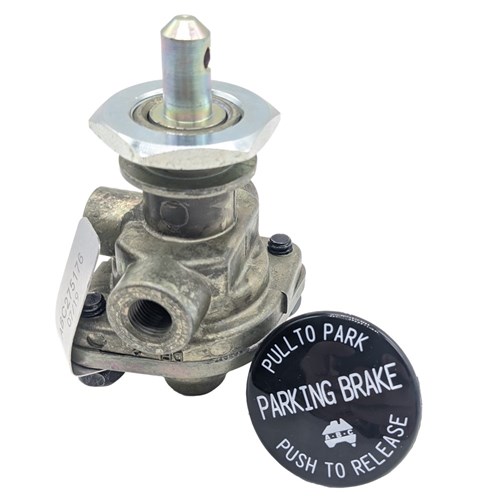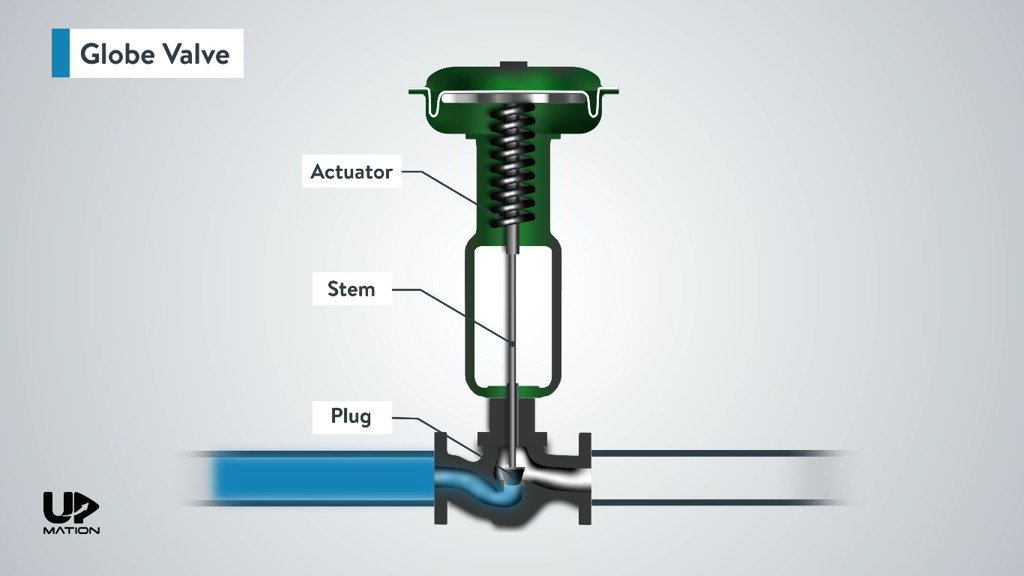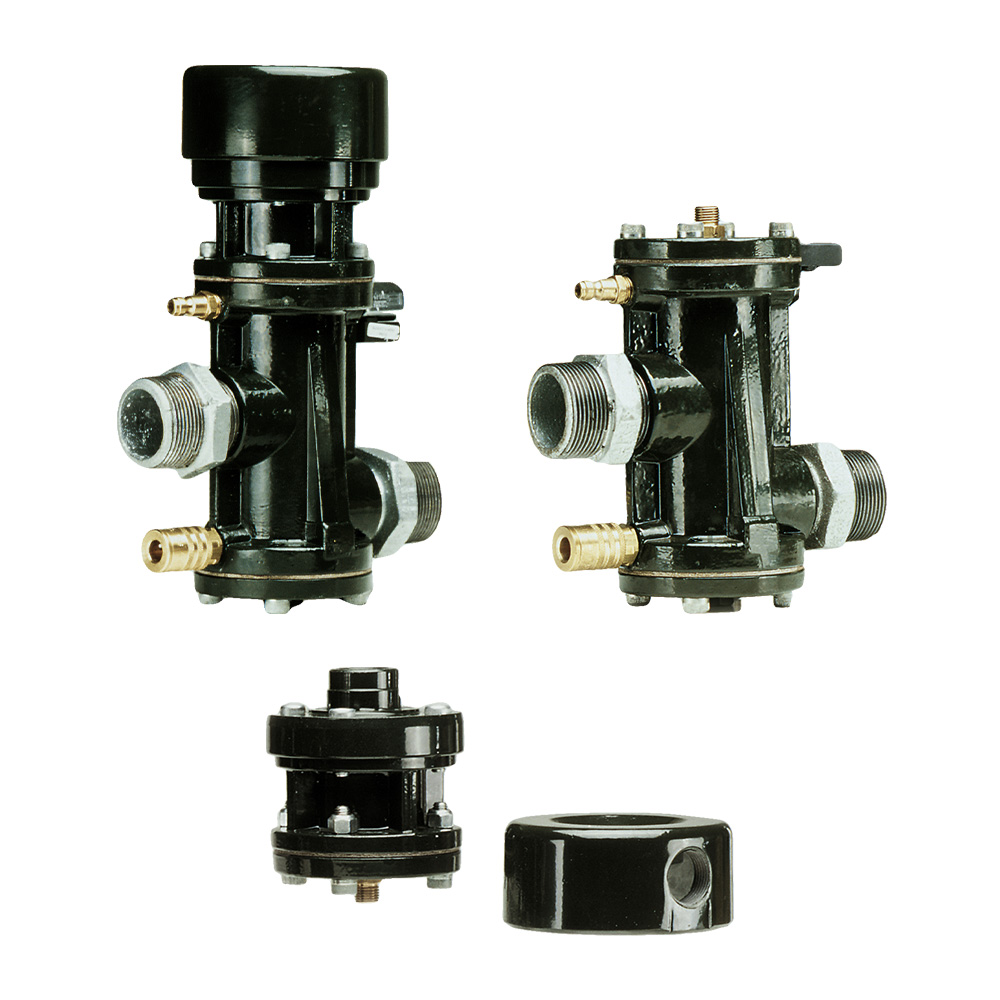Enhancing Functional Performance with Advanced Control Valves
Enhancing Functional Performance with Advanced Control Valves
Blog Article
Achieve Seamless Integration and Control With High Quality Building Automation Controls
In the world of modern building monitoring, the significance of high quality structure automation controls can not be overstated. Embracing high quality building automation controls is not just an issue of ease but a critical crucial for companies intending to maximize their centers' performance and sustainability.

Evolution of Building Automation Controls
Throughout the previous few years, the development of building automation controls has actually considerably changed the method structures are taken care of and run. Originally, building automation systems mostly concentrated on standard features such as managing air, heating, and ventilation conditioning (A/C) systems. As modern technology progressed, these controls have come to be much more advanced, allowing for a larger variety of building systems to be incorporated and handled centrally.
The advancement of building automation controls has actually seen a shift in the direction of even more smart systems that can adapt to altering conditions in real-time. This versatility is important for maximizing power efficiency and making certain occupant convenience. Furthermore, contemporary structure automation controls currently offer attributes such as predictive maintenance, remote monitoring, and data analytics, making it possible for facility managers to make data-driven choices to boost building performance.

Benefits of Quality Combination
The innovation in building automation manages in the direction of more intelligent systems has actually underscored the considerable advantages of top quality integration in enhancing building operations and boosting total performance. This central control also supplies far better visibility and insights right into structure efficiency, enabling proactive upkeep and optimization methods. Overall, the benefits of quality combination in structure automation controls are obvious, supplying increased performance, comfort, and operational effectiveness.
Improved Individual Experience and Accessibility
Enhancing user interaction with building automation controls with user-friendly style and improved access elevates the total experience for residents and center managers alike. By concentrating on individual experience, developing automation systems can become much more easy to use and effective. Instinctive user interfaces, clear navigating, and adjustable settings encourage customers to connect with the controls read here quickly and successfully.
Ease of access functions play a critical function in guaranteeing that all individuals, including those with specials needs, can utilize the structure automation controls easily. Incorporating attributes such as voice commands, tactile switches, and color-contrasted screens can improve accessibility and make the controls extra comprehensive.
In addition, enhanced user experience brings about higher customer contentment, enhanced performance, and far better decision-making. Passengers can change ecological settings according to their preferences, while center managers can successfully check and handle building systems - control valves. On the whole, focusing on user experience and ease of access in structure automation regulates adds to a more efficient and seamless building environment for all stakeholders entailed
Sustainable Practices Via Automation

Additionally, automation can facilitate the combination of renewable power resources such as photovoltaic panels or wind turbines right into building operations. By automatically adjusting energy next use based on the accessibility of renewable resource, buildings can better lower their reliance on non-renewable resources. This seamless integration of lasting practices not only benefits the setting but likewise improves the total operational efficiency and cost-effectiveness of the structure. Through automation, structures can align with contemporary sustainability objectives and add to a greener future.
Future Trends in Structure Control Systems
One prominent pattern forming the future of building control systems is the raised integration of Artificial Intelligence (AI) and equipment understanding. Additionally, the Net of Points (IoT) is changing building control systems by attaching devices and sensing units to boost and enhance procedures efficiency.
One more key trend is the focus on cybersecurity measures to safeguard against prospective hazards to building automation systems. As structures end up being extra interconnected, making sure durable cybersecurity protocols will be necessary to guard delicate data and avoid unauthorized gain access to.
In addition, the shift towards cloud-based systems is acquiring momentum, permitting systematized control and remote access to structure systems. This helps with much easier monitoring, maintenance, and updates, improving the overall efficiency and adaptability of structure control directory systems. As technology proceeds to advancement, these patterns are expected to shape the future landscape of building automation controls, driving innovation and sustainability in the developed atmosphere.
Verdict
Future trends in building control systems are most likely to concentrate on more boosting automation capacities for enhanced energy efficiency and overall efficiency. It is essential for structure owners and operators to focus on the fostering of high quality structure automation regulates to enhance structure procedures and achieve long-term sustainability objectives.
In the realm of modern-day building administration, the relevance of high quality structure automation controls can not be overstated. On the whole, the advancement of structure automation manages proceeds to drive advancement in the building monitoring market, offering brand-new possibilities for producing smarter and a lot more sustainable structures.
The development in structure automation controls towards more smart systems has emphasized the substantial advantages of quality combination in optimizing structure procedures and enhancing total performance. Generally, focusing on customer experience and access in building automation controls adds to an extra seamless and productive structure atmosphere for all stakeholders entailed.
It is important for structure proprietors and drivers to prioritize the adoption of high quality building automation manages to optimize building operations and accomplish lasting sustainability goals. - control valves
Report this page